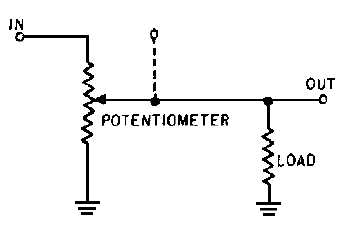2-17
SERVO COMPONENTS AND CIRCUITS
In this section we will discuss the circuits and components that make up a typical servo system. We
cannot cover all possible servo applications here because of the vast number of servo system
configurations. The circuits and components discussed in the following pages are the most commonly
used and represent a broad view of the systems used in the Navy today. We have not attempted to put the
units into any rigid classification system. We will mention some of the more common terms used by
manufacturers and the Navy to classify the devices to familiarize you with the wide variety of
nomenclatures.
We will be covering much of the electronic application without discussing the theory of the units.
You may want to review some of the applicable NEETS modules or other sources before or during this
discussion. You will find that much of the material necessary to understand these subjects is contained in
the basic theory of electricity and electronics.
POSITION SENSORS
A position sensor is a device that changes a mechanical position into a voltage that represents that
position. The output of a position sensor can be either ac or dc voltage. There are many different kinds of
position sensors. In the last chapter you learned about the CX, a synchro device that represents the
position of its rotor by a voltage on its stators. You saw a CX used as a position sensor in a servo system
earlier in this chapter. Other devices can be used as position sensors. The potentiometer is one of these
devices.
Potentiometers
Potentiometer position sensors are generally used only where the input and output of the servo
mechanism have limited motion They are characterized by high accuracy and small size, and may have
either a dc or an ac output voltage. Their disadvantages include limited motion and a life problem
resulting from the wear of the brush on the potentiometer wire. Also the voltage output of the
potentiometer changes in discrete steps as the brush moves from wire to wire. A further disadvantage of
some potentiometers is the high drive torque required to rotate the wiper contact.
A potentiometer is one of the simplest means of converting mechanical positional information to a
proportional voltage. A schematic representation of a potentiometer is shown in figure 2-11.
Figure 2-11.—A potentiometer.

